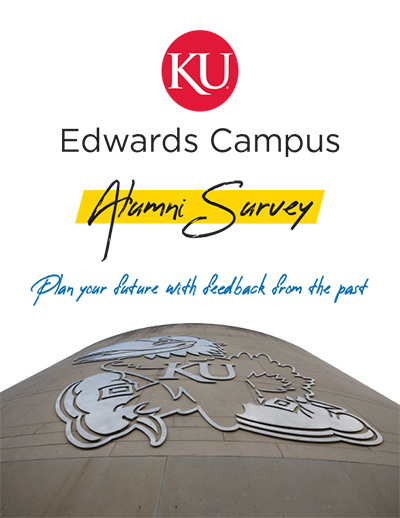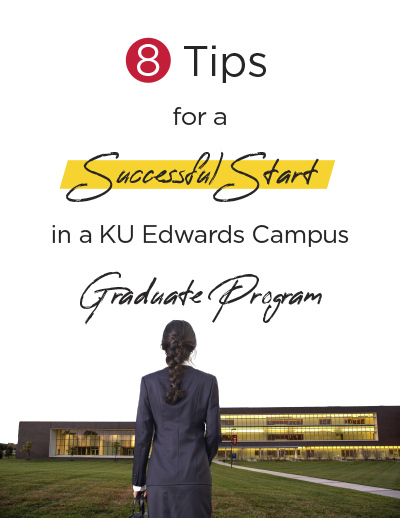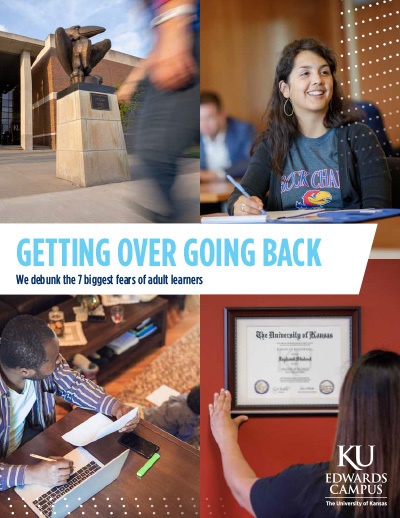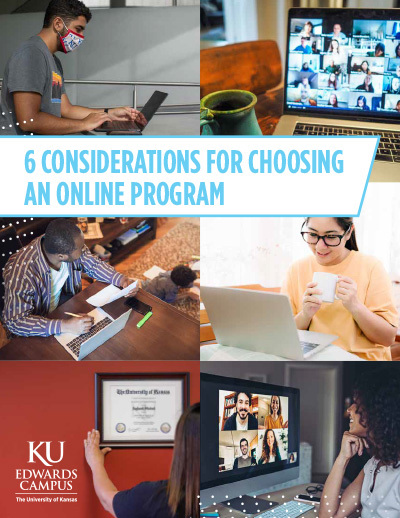KU Edwards Campus Announces Strategic Plan for Calendar Years 2019-20
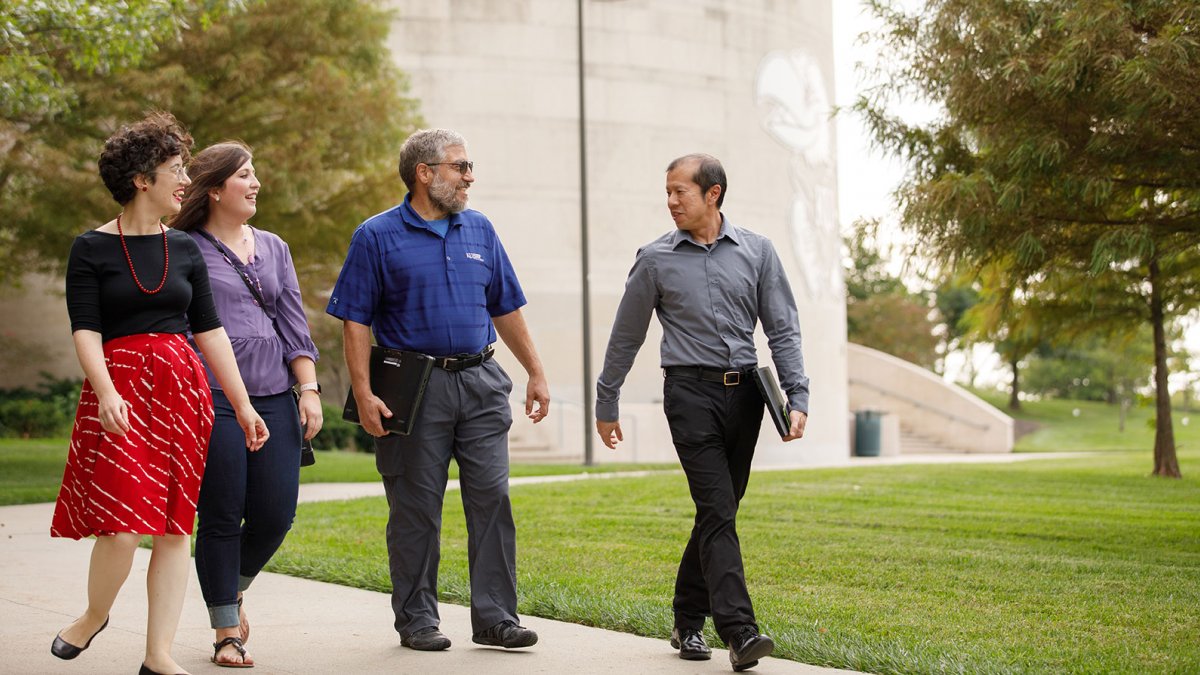
Higher education is at a unique crossroads. Postsecondary education is more important than ever to career outcomes, and employers are demanding more talent. Meanwhile, funding for public universities nationwide and college enrollment across the country decreased significantly in the last decade.
Locally, the public and private sectors thirst for more university-educated workers. Kansas City needs highly trained professionals to fuel its economy, and local residents need knowledge and skills to advance their careers. As KU Chancellor Douglas A. Girod recently mentioned in the Kansas City Star, “the demand for college graduates in Kansas City has never been greater.” The KU Edwards Campus (KUEC) plays an important role in KU’s response to this need and is defining its strategic direction for the future of the campus and the students it serves.
“We’re about finding out what the workforce needs, what’s around the next corner and how we can make a difference,” said David Cook, KUEC’s vice chancellor. “This is part of the fabric of who we are, and it’s a critical piece of who we will be going forward. This new strategic plan takes into account the evolving workforce needs, the natural shifting in our operating environment, our substantial growth and more.”
After several months of planning and incorporating suggestions and feedback from more than 100 faculty and staff members and other stakeholders, KUEC unveiled its new strategic plan. The top strategic priorities and objectives are paraphrased below.
Priority 1: Promote student and learner success
Deliver high-quality educational programs that achieve high levels of student/learner satisfaction, increased retention, progression and/or completions, and increase the number of individuals we educate.
Priority 2: Enhance workplace environment for staff and faculty
Expand ways in which we recognize, support and value staff and faculty, including diversity, equity and inclusion efforts and professional development opportunities.
Priority 3: Cultivate and enhance strategic partnerships
Increase and strengthen mutually beneficial partnerships with local organizations.
Priority 4: Develop structures and polices to enhance organizational effectiveness
Boost the efficiency of launching programs in response to market needs and decrease obstacles to routine practices and innovations.
Priority 5: Strengthen financial sustainability
KUEC will continue to maintain a sustainable budget with continual reviews to optimize programs and services for financial health.
The strategic plan development team utilized the Balanced Scorecard model to ensure the new strategic plan accounted for multiple measures of success, covering KUEC’s broad mission and portfolio with units located across four geographic areas: Overland Park, Lawrence, Yoder and Leavenworth.
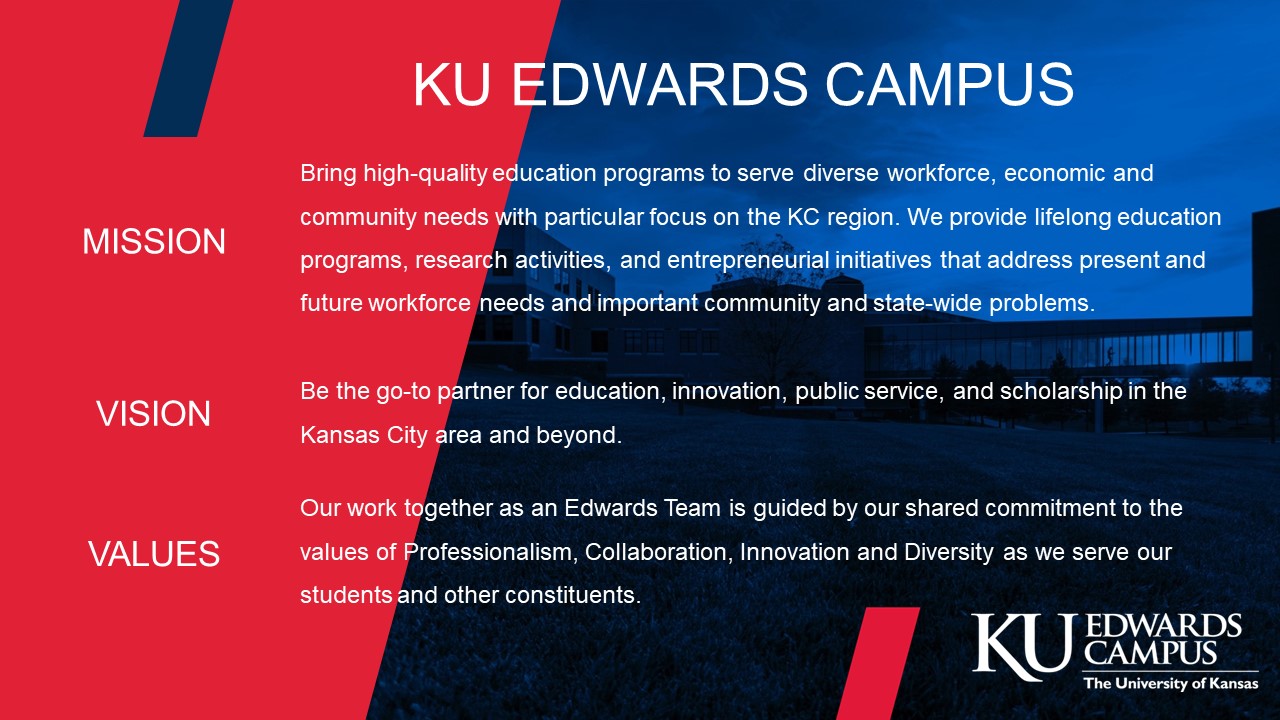
“The Edwards Campus serves a broad constituency making it essential for all of us to row in the same direction,” said Sharon Graham, assistant vice chancellor of KU Professional & Continuing Education. “In addition to for-credit degree and certificate programs, we train the state’s firefighters and law enforcement officers, and offer a variety professional development programs, technology training boot camps, enrichment courses for senior citizens and more.”
Twenty-two teams within KUEC developed team-level strategic plans. These plans connect the top-level strategy to the daily work the teams and individuals perform.
“The process for developing the new strategic plan provided an opportunity for all faculty and staff to participate and provide input,” said Assistant Director for Project Management Programs/Professor of the Practice John Bricklemyer, who chairs the Faculty Steering Committee. “The amount of participation was excellent. Longer term, I think the faculty strategic plan input will result in higher quality programs and instructors who are better prepared to serve our diverse student population”
The KUEC leadership team plans to review the plan at least every six months and with the student population top of mind.
“The environment will constantly change, so we plan to adjust the plan when warranted to ensure it remains useful and relevant,” Cook said. “What we choose to do, what we choose not to do, how we do it and how we monitor progress toward achieving our vision is an active pursuit.”
